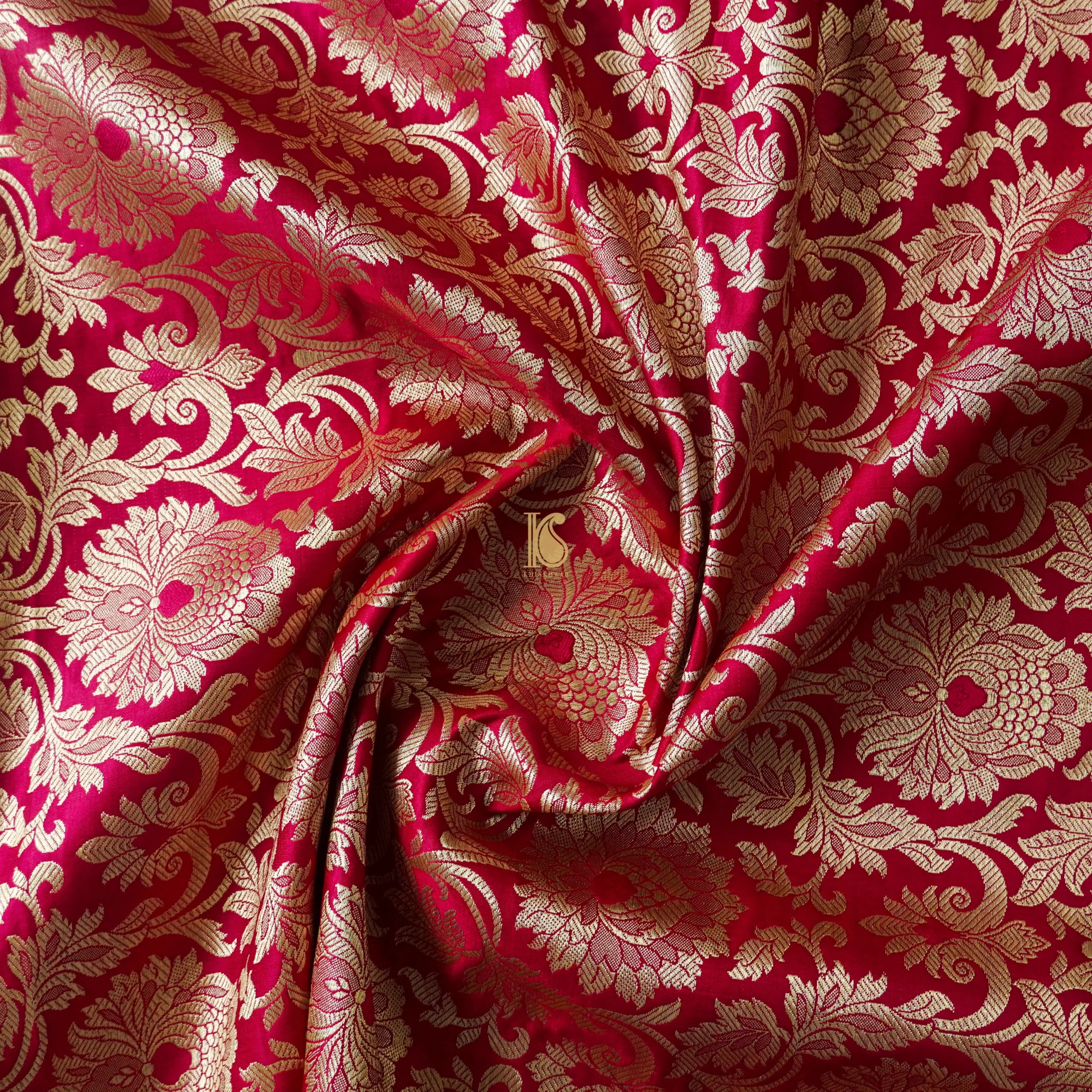Brocade, originally crafted from silk, is a luxurious woven fabric known for its lustrous appearance and intricate designs. Traditionally used for upholstery and drapery, this high-quality textile is now made from a variety of fabrics including silk, linen, wool, cotton, taffeta, rayon, and synthetic fibres. Once favoured for men’s formal suits and women’s formal gowns, brocade has a rich history that dates back to ancient times and continues to captivate audiences today.
The term “brocade” originates from the Italian word “broccato,” meaning “embossed cloth,” derived from “brocco,” which translates to “small nail” in Latin. The brocade tradition itself traces back even further, possibly originating in China around 475 BC. What sets brocade apart is its unique weaving process, involving the strategic addition of extra weft threads into the regular warp/weft setup. These additional threads, often metallic or shiny, are incorporated into specific areas to create elaborate designs.
Brocades are often characterized by their elaborate patterns, possessing a unique sheen and occasionally featuring beading or appliqué accents. While frequently mistaken for other decorative textiles like damask and jacquard fabric, brocades are differentiated by their sleek touch and the appearance of floating or embossed designs on the surface.
Though traditionally produced from silk, modern brocade fabrics can be crafted from various materials to suit different design preferences. Despite its visual allure, brocade is not a fabric that begs to be touched but is revered for the clear and vibrant colours that can be achieved through the weaving process.
While brocade is often associated with luxury European textiles, a significant portion of the world’s brocade production now takes place in Mali, where a thriving manufacturing industry has been nurtured by women artisans. This supports a growing trend of designers reimagining brocade with idiosyncratic twists, incorporating unexpected colour palettes and embracing more eclectic combinations.
Designers are also striving to create sturdier brocade textiles that can withstand contemporary lifestyles. By utilizing newer constructions and durable fibres, they seek to minimize flaws and increase longevity. Miami-based artist Jen Clay, for instance, explores Brocade’s captivating play with light in her textile installations and performances, acknowledging its reflective qualities and ability to create intriguing visual illusions.
Brocade possesses an enticing allure that tempts the viewer to look closer, and skilled designers take advantage of this quality. It has the power to enhance a space with an illusion of depth, without the need for additional textures. Harnessing the subtle, elegant effects of brocade can imbue a space with enchanting flickers of light and create a captivating ambience.

